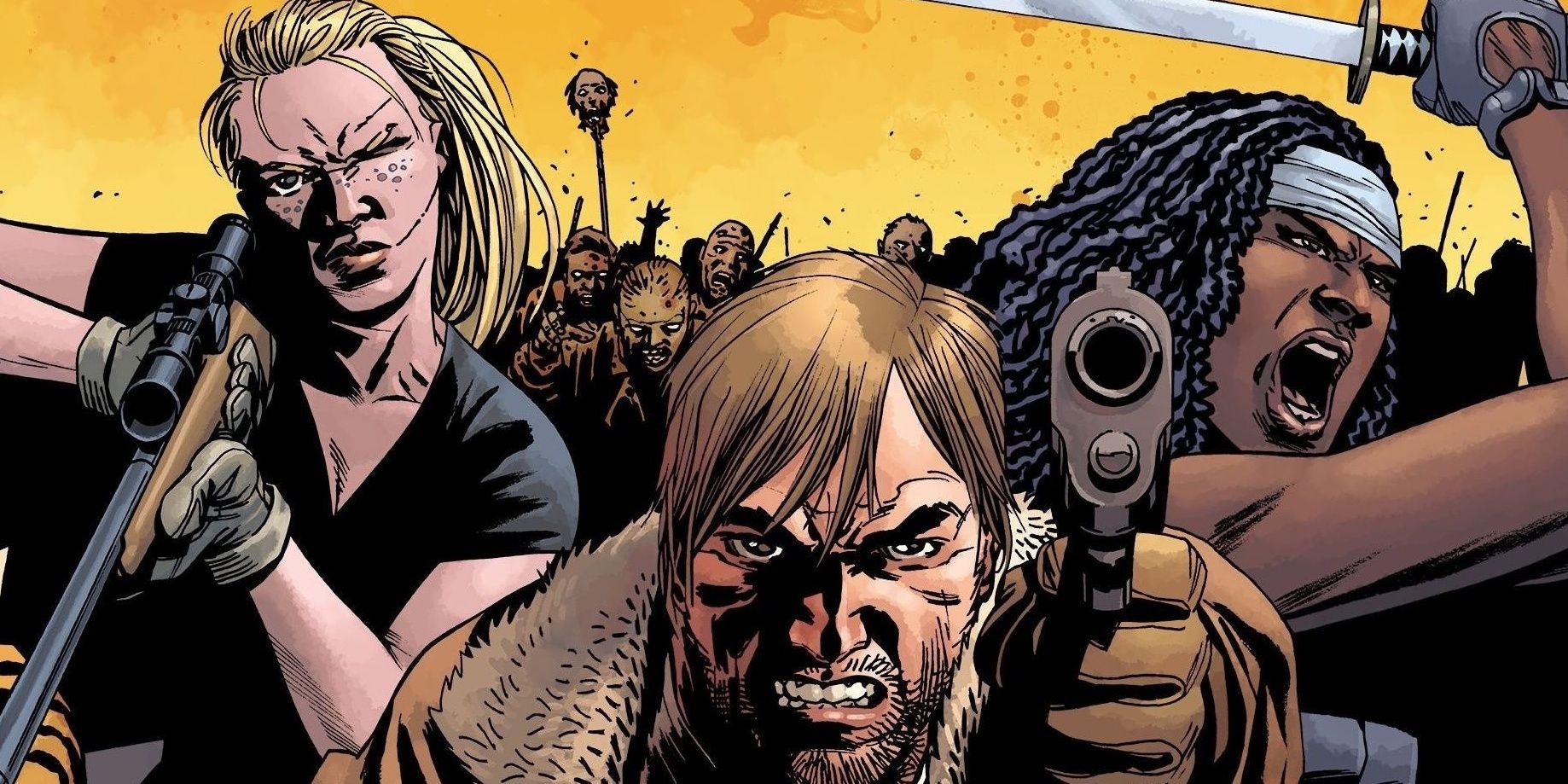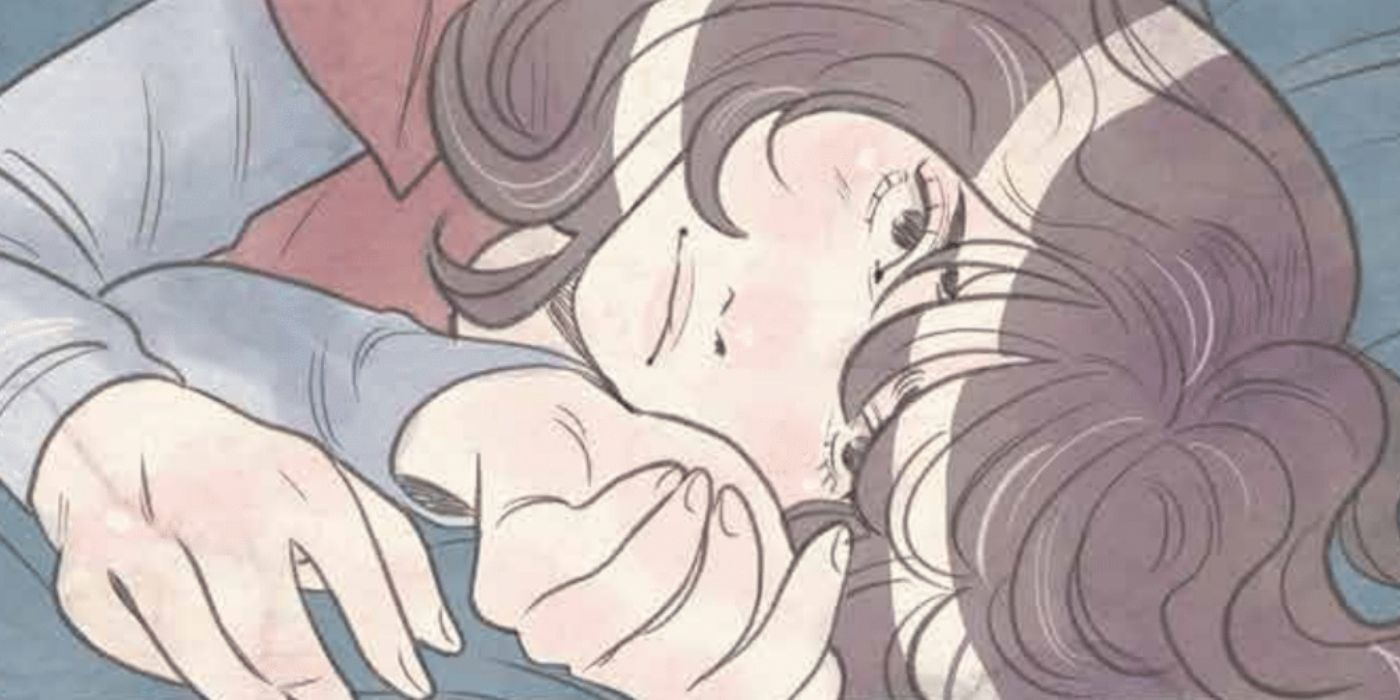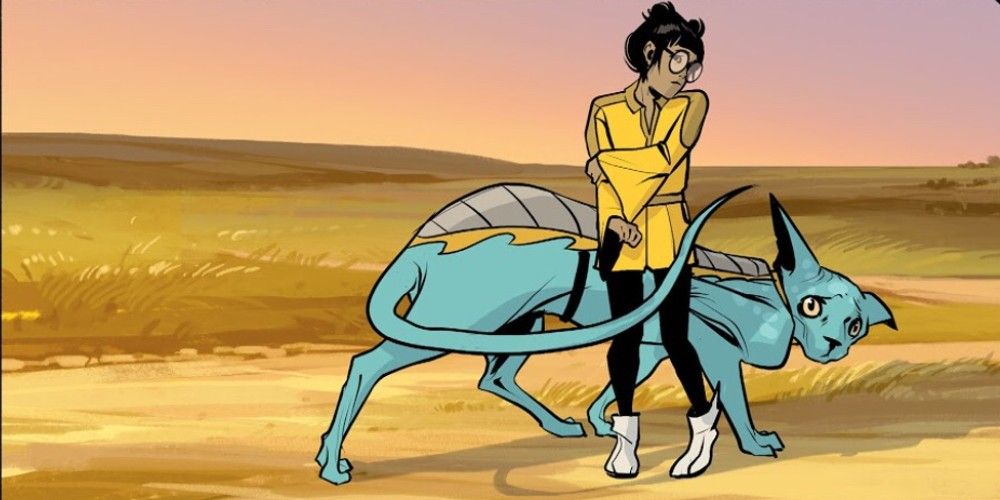It's Image Comics' 30th anniversary and its related one-shots and anthologies hit the shelves earlier this year. The wonderful stories on the pages are a microcosm of what Image Comics represents -- limited series, continuing sagas, and strange, contrived fantasies. All of these adventures serve to liberate independent creative expression. From Saga to Bolero, Image Comics is one of the world’s biggest challengers to Marvel and DC, without necessarily trying to be.
In fact, Image’s goal is to encourage freedom of expression and to support creator-owned series. Financial success seems rather secondary to them, but it is something that they definitely possess. This matters even less to the fans, though; readers just care about the continuation of their favorite series. Image Comics has also contributed far more to the entertainment industry than simply being just another comic book outlet. This is clear in how the likes of Spawn, Saga and The Walking Dead have influenced culture and radically altered the way that comic book stories are told.
Image Comics came about because of a bunch of angry people in the 1990s. Marvel and DC changed their policies for artists and writers, eventually leading to a revolt among many of their creative teams. The frustrated creators left the two industry giants to form an independent publisher founded on two principles -- they don’t own any creator’s work and they don’t interfere with other properties. Then Image Comics was born and intended to usher in a new era of comic books and creativity in general. After 30 years, the risk has definitely paid off.
Directly resulting from Image's actions, an unprecedented bout of unique, high-risk, and original comic books sprang forth. No longer needing to bow to corporate restrictions, so many ideas came to fruition. Image made comics for more mature audiences and pulled away from the more common superhero genre to craft their own world of comics. This revolutionized a great deal of storytelling, and fans absolutely love it. The publisher introduced readers to a whole new world of stories. Risks in art styles and narratives were taken, and even DC and Marvel began to take cues from them, revitalizing their adult-oriented stories and reworking the narratives their authors were writing to become if not entirely new, at least fresh, even occasionally directly attacking nerd culture.
While Image certainly had an influence on comics, it also indirectly provided near endless content for the entertainment industry as a whole. For example, The Walking Dead, one of the most notable projects from Image, by Robert Kirkman and Tony Moore, revitalized the zombie genre. It spawned dozens of spins on gruesome horror, from Warm Bodies to iZombie. Similarly, Spawn helped bring adult animated series into light, shifting the concept of what a hero of the big and small screens could be. Though not directly a result of Image's influence, the entertainment industry has definitely benefited from Image's properties.
Most importantly, though, the creators of Image Comics only answer to themselves, and it's definitely their biggest defining feature. By opening the door for creators, new and old, to create projects that are truly their own, Image ushered in a new age and respect for independent publishers. It puts all of its trust in its creators and embraces art for art's sake. This is the true legacy of Image Comics.



